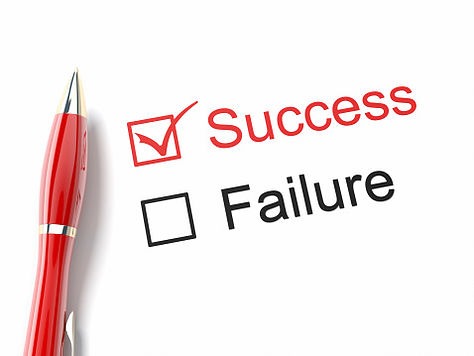
Marketers everywhere have nightmares about failed launches. Each of us can recall an example or two in the pharmaceutical industry. This often occurs as a result of over-emphasis on the creative or “art” side of brand positioning with too little attention paid to assessing positioning opportunities through strategic research — the “science” of the process.
As pharmaceutical marketers, we have a consistent process for developing product positioning statements which looks something like this: You assemble the very best thinking in a highly talented cross-functional team which includes representatives from a variety of disciplines and specific skill-sets, within and outside of the brand team. Potential positioning concepts are formulated during an intensive brainstorming session. This list is then pared down to around ten to twelve concepts about which the team feels most strongly. Each member votes for their top three positioning choices. Votes are counted and the winning position is announced.
This creative process is a wonderful creative exercise which generates great ideas. This is the “art” which you should consider as the beginning of the positioning process, but it will give you only a 50% confidence level in the result.
Without a proven validation component as part of the process, the chances are low at best that the strongest, most differentiating position will be selected. In the absence of validation, this selection process is only an educated guess. With the level of competition today, the strategic risks are too great to stop here.
In fact, the Marketing Leadership Council confirms that inadequate positioning is the #1 reason (in over 70% of cases) brands fail to meet their goals.
Hundreds of millions of dollars are at stake. You’ve already invested in an excellent creative process. Don’t settle for testing a single positioning. Test your final three or four. Your brand is too good not to be better!
Since failure is not an option, OptiBrand Rx recommends that strategic research utilizing both qualitative and quantitative models be used to test your top positioning strategies.
Qualitative research is necessary to ensure that the team-generated positioning concepts are clear and that the key idea being communicated is understood as intended. You want to eliminate as much interpretational error as possible so brand communication in every venue will be consistent. Results of semiotic research can be surprising. Getting this right is important.
Adding qualitative research to the brainstorming process raises the confidence level of the process from 50% to about 70%. But don’t stop there.
Positioning strategy is all about winning. That’s why rigorous quantitative research is needed to evaluate the strengths and weaknesses of each positioning option, the weighting and hierarchy of your proof points and provide an understanding of how the key market drivers affect brand selection. Quantitative validation raises the confidence level for the process to over 90% and will have a profound impact on your strategic success.
Consider results of quantitative research as easy lessons. Gaining a prelaunch understanding of how your brand will be perceived and prescribed by each target audience as well as the impact your brand will have on your competition is priceless.
Armed with the strength of this validation you can prepare a targeted, data-driven creative brief so your agency can deliver its best work.

